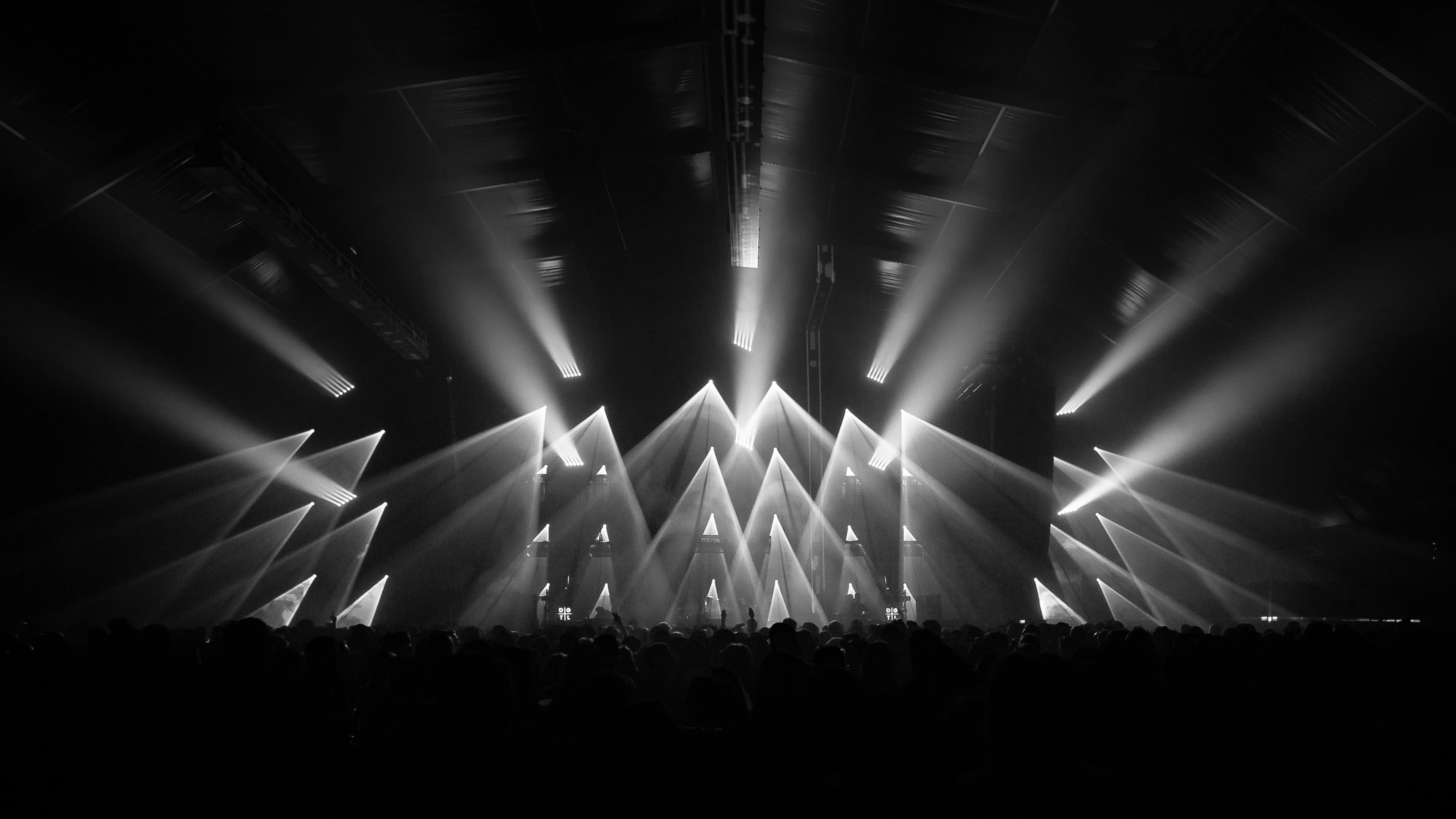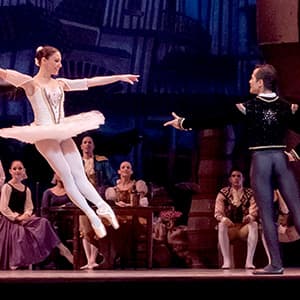

Contemporary Choreography Tickets
Up to 30% Off Compared to Competitors.
Location: Select Location (e.g, New York)
Events Nearby
We're Sorry. There are currently no events near you.
About Contemporary Choreography
Currently, contemporary choreography in theatre is witnessing a renaissance as artists embrace new technologies and methods of storytelling. Live performances are increasingly incorporating digital media, interactive elements, and even virtual reality to create immersive experiences for audiences. Notable contemporary choreographers such as Crystal Pite, Akram Khan, and Kyle Abraham are leading the charge, presenting works that challenge conventional narrative structures while maintaining a strong emotional core. Festivals dedicated to contemporary dance and theatre, such as the Edinburgh Festival Fringe and the American Dance Festival, showcase the latest innovations and provide a platform for emerging artists. Furthermore, the COVID-19 pandemic has reshaped the landscape of live performance, prompting many choreographers to explore outdoor venues and alternative formats, such as drive-in performances and online streaming. This adaptability reflects the resilience of contemporary choreography and its ability to connect with audiences in new and unexpected ways. As we move forward, the future of contemporary choreography in theatre looks promising, with a focus on inclusivity, collaboration, and the ongoing exploration of what it means to perform live in an ever-changing world.
Contemporary Choreography History
Contemporary choreography within the realm of theatre has evolved significantly since the mid-20th century, influenced by various cultural movements and artistic expressions. Originating from a desire to break away from the constraints of traditional ballet and modern dance, contemporary choreography began to take shape in the 1960s and 1970s. Pioneering choreographers such as Martha Graham and Merce Cunningham laid the groundwork for an expressive form that combined elements of dance, theatre, and performance art. This new style emphasized the importance of the body as an instrument of communication, allowing for a more personal and emotional connection with the audience. As contemporary choreography progressed, it began to incorporate diverse influences from various dance forms, including hip-hop, jazz, and even folk dance, reflecting the changing societal landscapes and the movement towards inclusivity in the arts. The 1980s and 1990s saw an explosion of innovative works, with choreographers like Pina Bausch and William Forsythe pushing the boundaries of movement and narrative. Their integration of multimedia elements, live music, and text further transformed the theatrical experience, making contemporary dance a vital part of the theatre landscape. Today, contemporary choreography continues to thrive, with a focus on collaboration and interdisciplinary practices. Choreographers often work closely with playwrights, visual artists, and musicians to create holistic performances that resonate with modern audiences, addressing themes of identity, social issues, and the human experience.
